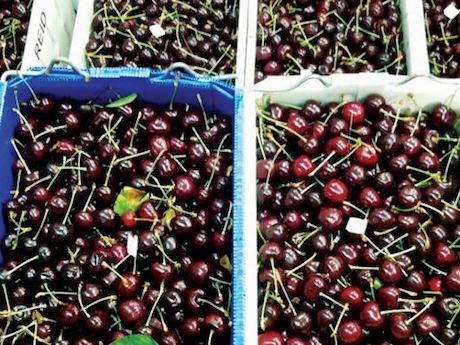The overall production volume of Australian cherries is not that large by comparison, it only accounts for 1% of the global cherry production volume. The surface area devoted to cherry plantation worldwide has remained the same in recent years, around 3,300 hectares. The largest production areas in Australia are in New South Wales, Victoria, and Tasmania. And a fourth important production area is in South Australia. These four cherry production areas mainly produce for export. The cherry production in West Australia and Queensland is relatively small-scale and mainly satisfies domestic demand. The Australian cherry production season generally begins in October and lasts until the end of February in the subsequent year. Tasmanian cherry orchards do not suffer from fruit flies, but their production season is also the shortest. It only lasts around 8 weeks from mid-December until January. Tasmania exports 90% of its cherry production volume.

Such seasonal characteristics as rain, moisture, and frost can all influence the production volume and product quality of cherries. Orchard owners in Tasmania and Victoria have begun to construct greenhouses to limit the influence of weather on cherry production. This counters weather influence on the one hand, but also extends the production season on the other hand. This enables orchard owners to better meet market demand, which is particularly fierce around Chinese Lunar New Year.
Tasmanian cherries were first allowed to enter China by air freight in 2013, and the cherries from mainland Australia followed in late 2017. Transport via sea took 20 days or so, while air freight only takes 48-72 hours. These circumstances benefit Australian cherry orchard owners who steadily increase cherry export to China. The export volume is expected to reach 7 thousand tons in 2018/2019, which is an increase of 2 thousand tons in comparison with the previous season.
China and Hong Kong absorb nearly half the Australian cherry export volume, and now that more airlines will air freight cherries from Australia to China, that market share is expected to grow.
Source: yuenansg.cn





